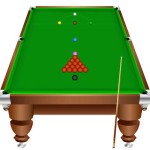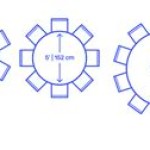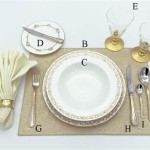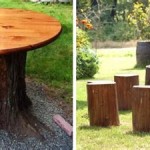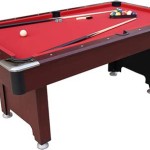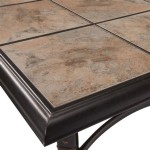Build a Dining Table With Leaves: A Comprehensive Guide
A dining table is a centerpiece of any home, serving as a gathering place for meals, celebrations, and family time. While many dining tables are fixed in size, adding leaves allows for versatility and adaptability, accommodating different guest counts and seating arrangements. Building a dining table with leaves presents a rewarding DIY project that allows for personalization and craftsmanship. This comprehensive guide will walk you through the steps of constructing a sturdy and stylish dining table with leaves.
1. Planning and Design
Before embarking on the building process, meticulous planning and design are crucial. This involves determining the desired dimensions, style, and materials for the table. Consider the following factors:
- Table Size: Determine the desired length and width of the table, considering the number of people it needs to accommodate. Remember to factor in the space required for comfortable seating and walking around the table.
- Leaf Size: Decide on the size of the leaves, which can be customized to suit your needs. For smaller gatherings, leaves can be stored separately, while for larger occasions, they can be added to extend the table's length.
- Tabletop Material: Choose a tabletop material that complements your home's aesthetic and meets your durability requirements. Options include solid wood, plywood, laminate, or even recycled materials.
- Base Construction: Select a suitable base design, such as a pedestal, trestle, or four legs, that supports the tabletop securely and aesthetically. Consider the height and stability of the chosen design.
Once the planning stage is complete, create detailed sketches or blueprints to guide the construction process. These visualizations will ensure accurate measurements, material requirements, and assembly procedures.
2. Preparing the Materials and Tools
Having the necessary materials and tools readily available is essential for a seamless construction process. This section outlines the essential components and equipment required:
- Tabletop Material: Procure the chosen tabletop material in the desired size and thickness. Consider the weight and handling requirements of the material.
- Base Components: Obtain the wood or metal components for the base, such as legs, rails, or supports. Ensure that the materials are of appropriate quality and thickness to support the tabletop.
- Leaves: Purchase or fabricate the leaves according to the planned size and design. The leaves should be made of the same material as the tabletop and have matching finishes.
- Hardware: Gather all necessary hardware, including screws, bolts, hinges, brackets, and locking mechanisms for attaching the leaves and base. Ensure that the hardware is compatible with the chosen materials.
- Tools: Prepare essential tools such as saws, drills, screwdrivers, clamps, a level, and a tape measure. Ensure that the tools are in good working condition for accurate and safe construction.
Having all materials and tools readily available will streamline the construction process and minimize delays.
3. Constructing the Tabletop and Base
With the materials and tools prepared, you can proceed with constructing the tabletop and base. This step involves cutting, shaping, and assembling the components according to the design plans.
Tabletop Construction:
- Cutting and Shaping: Accurately cut and shape the tabletop material to the desired dimensions using a saw or router. Ensure that all edges are smooth and free of splinters.
- Finishing: Apply a finish of your choice, such as paint, stain, or varnish, to protect the tabletop from scratches and spills.
- Adding Leaves: If using leaves, attach them to the tabletop using hinges, brackets, or other joining mechanisms that allow for easy removal and insertion.
Base Construction:
- Assembling the Base: Construct the base components, such as legs, rails, or supports, according to the design. This may involve joining the pieces with screws, bolts, or dowels. Ensure that the base is sturdy and level.
- Attaching the Tabletop: Securely attach the tabletop to the base using appropriate screws or brackets. Ensure that the tabletop is centered and level above the base.
- Adding Leaf Supports: If using leaves, incorporate leaf supports that are attached to the base and provide a stable platform for the leaves when extended.
Following these steps carefully will result in a robust and aesthetically pleasing tabletop and base assembly.
The construction process requires meticulous attention to detail, accurate measurements, and proper tool usage. For intricate designs or specialized techniques, consulting with a professional carpenter or furniture maker may be advantageous.

Diy Dining Table With Leaves Houseful Of Handmade

Diy Farmhouse Table With Extension Leaves Plans Sweet Tooth Life

Diy Dining Table With Leaves Houseful Of Handmade

Diy Farmhouse Table With Extension Leaves Plans Sweet Tooth Life

James Home Page Diy Dining Room Kitchen Table Farmhouse

Diy Table Leaf For Vintage Dining Scavenger Chic

Dining Table With Leaves Build Plans Houseful Of Handmade

Diy Farmhouse Table With Extension Leaves Plans Sweet Tooth Life Dining

Diy Farmhouse Table With Extension Leaves Plans Sweet Tooth Life

Draw Leaf Tables Dutch Pull Outs Too More About How They Work A Woodworker S Musings
Related Posts

